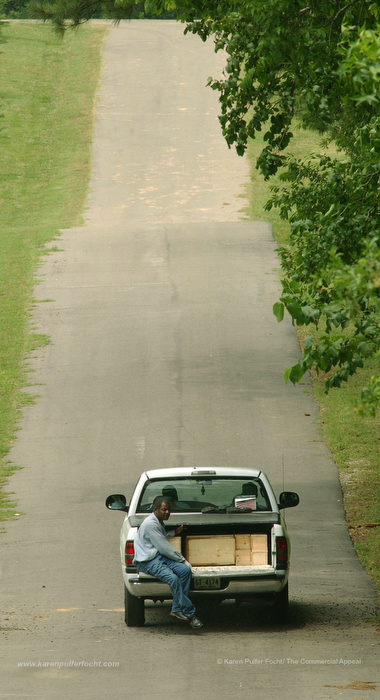Tennessee Gov. Phil Bredesen “It’s easy to brush aside numbers," he said, "but what made this real was a picture of little caskets lined up like shoe boxes.” He added, “It’s journalism at its best.”



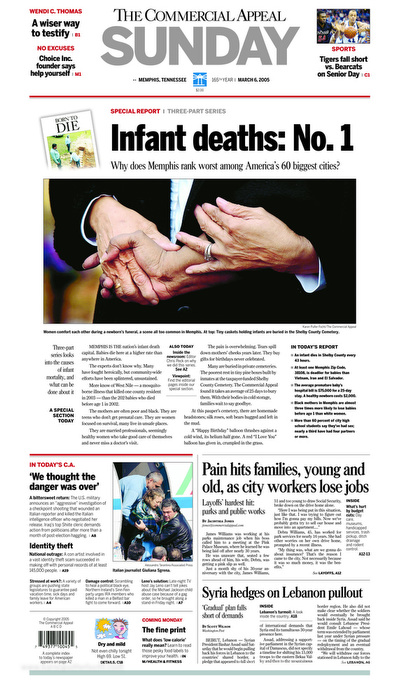


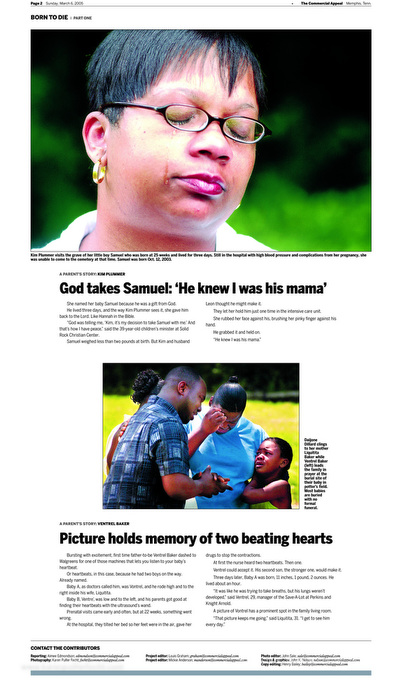
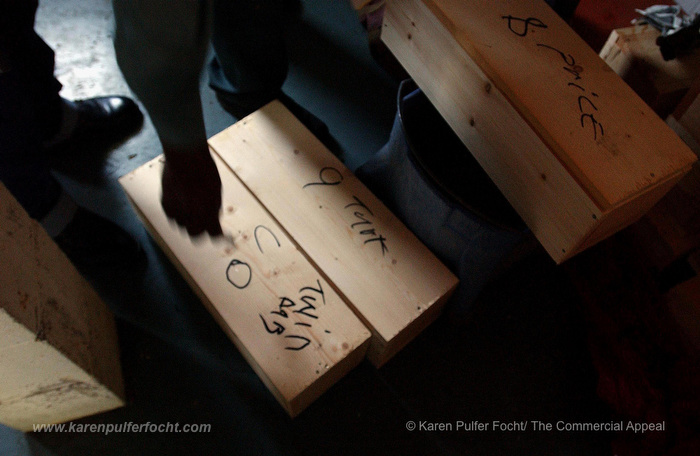

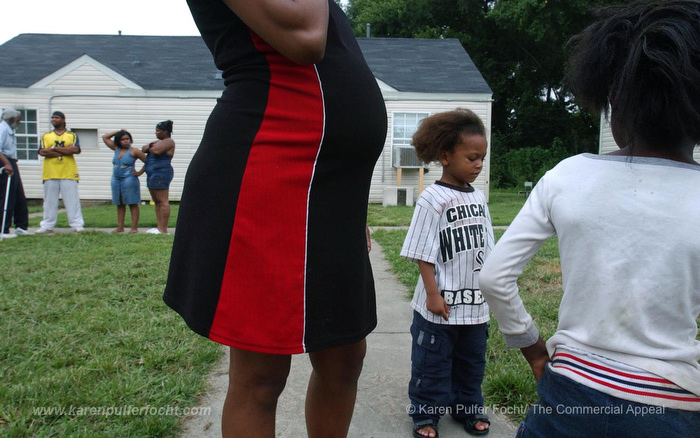



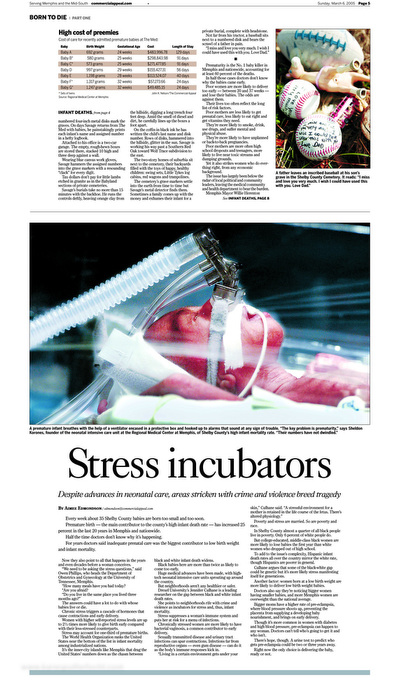
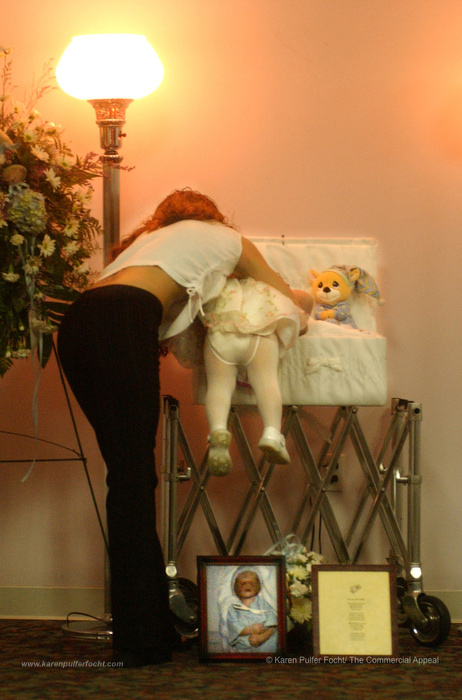





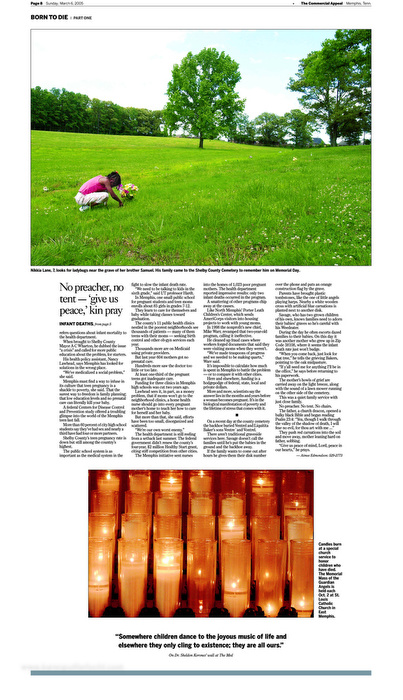
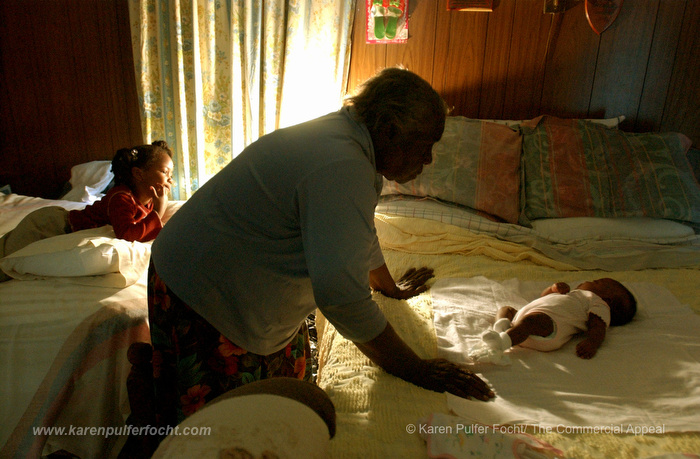



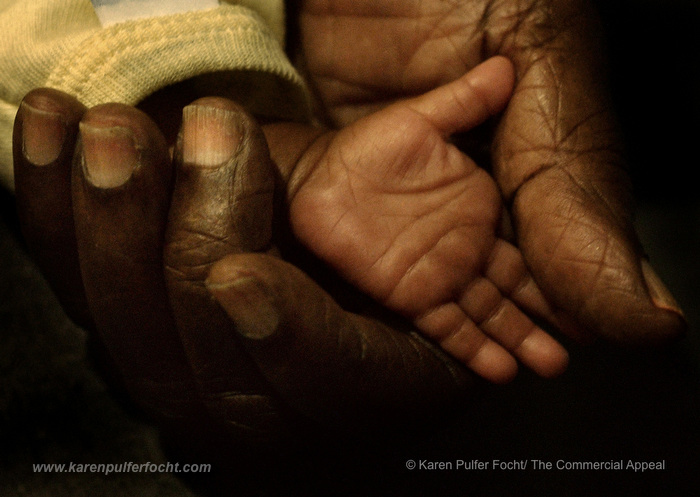
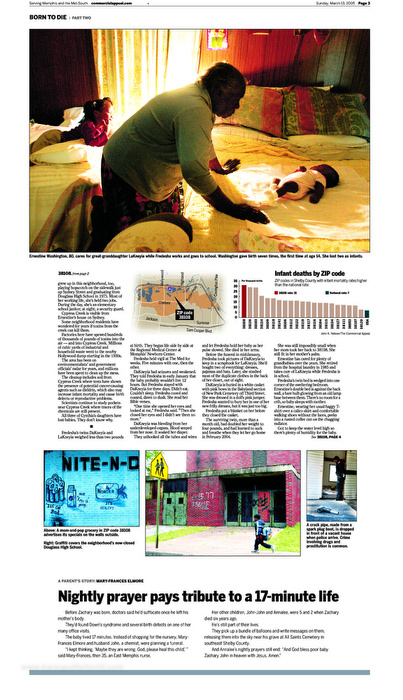



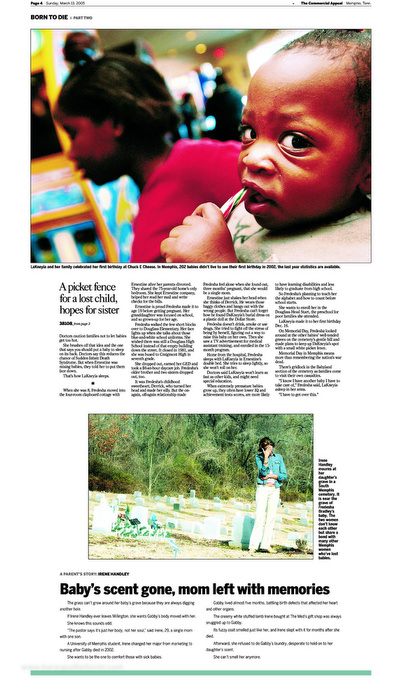

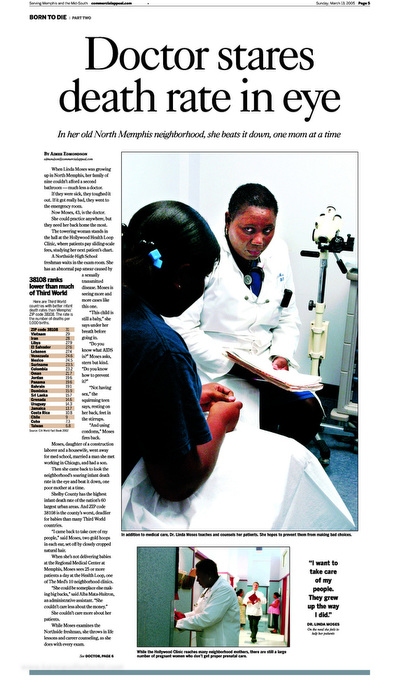

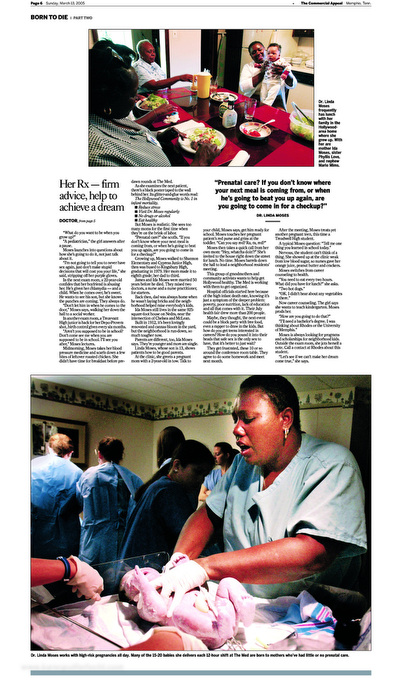

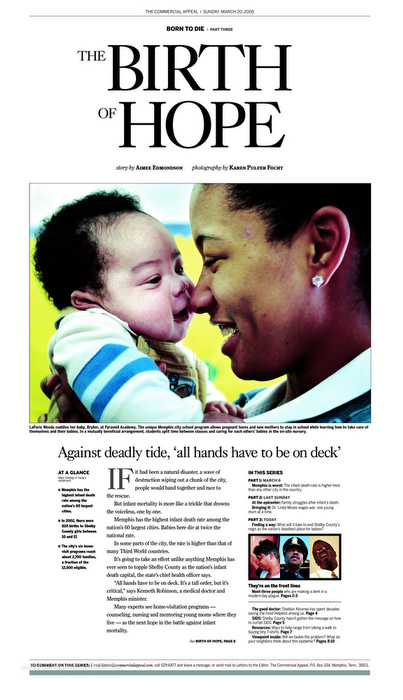
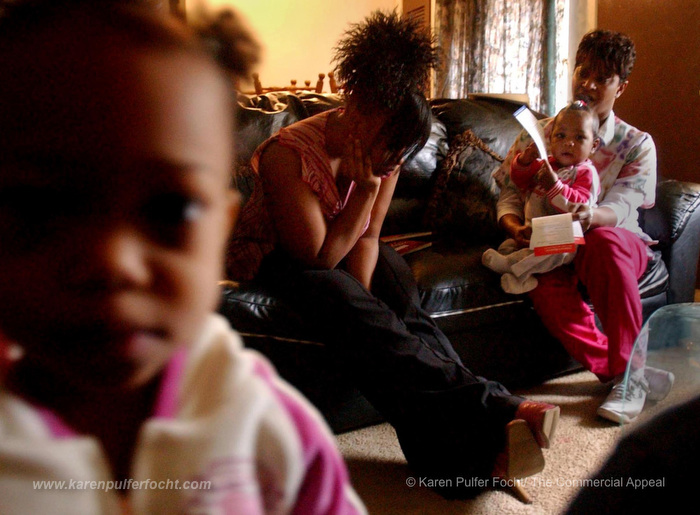
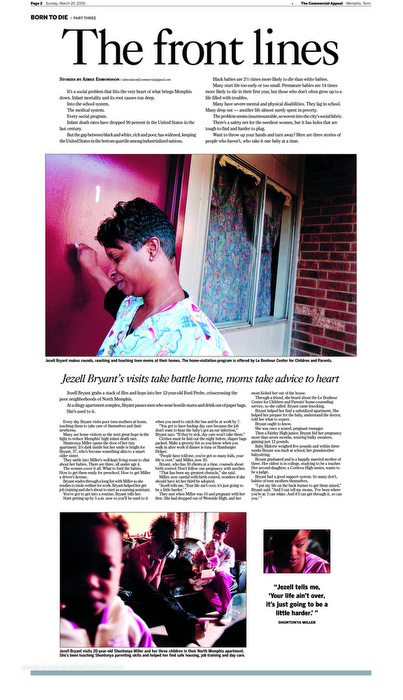
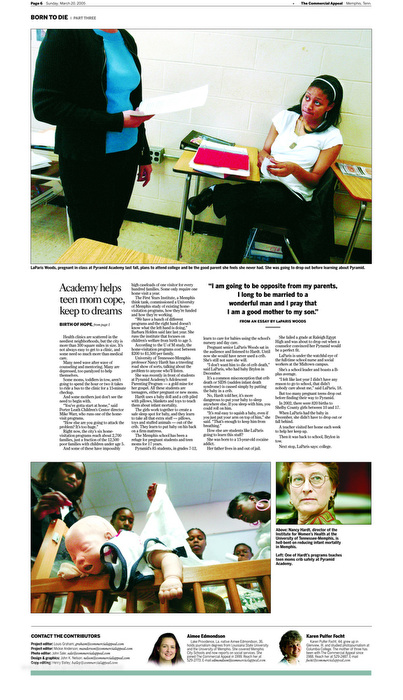

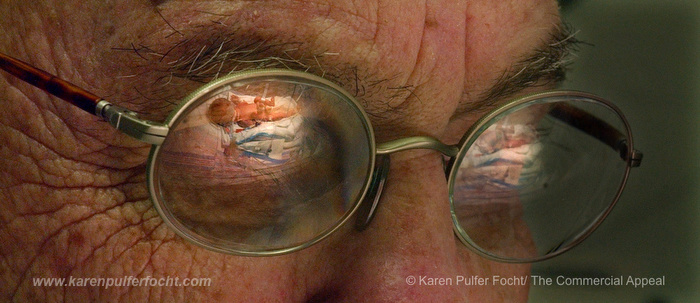

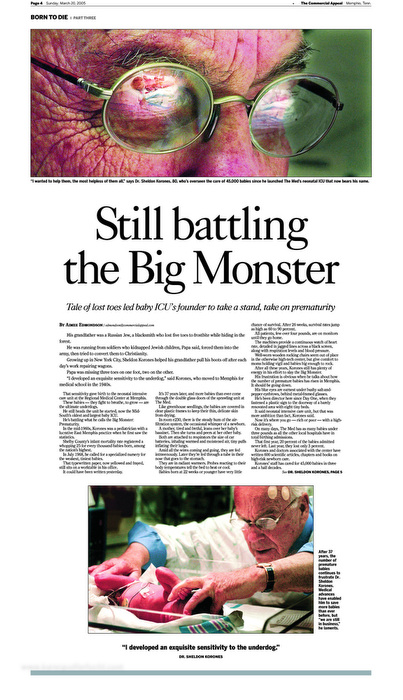


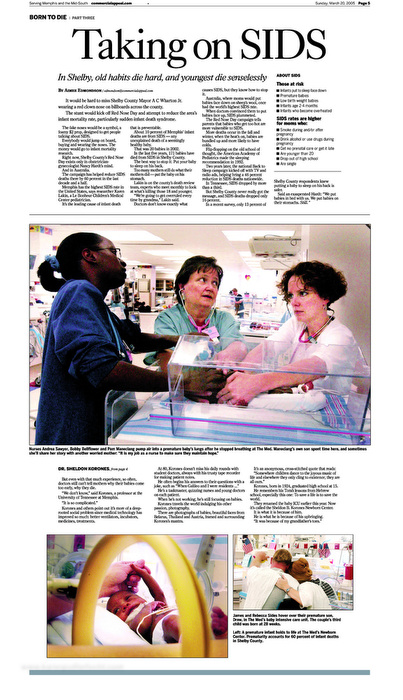
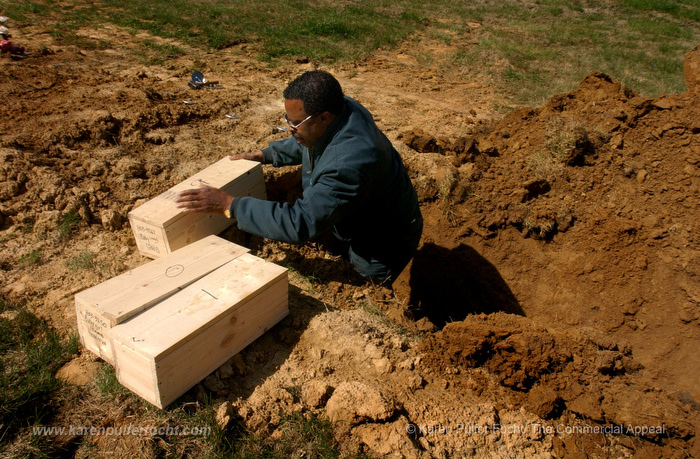
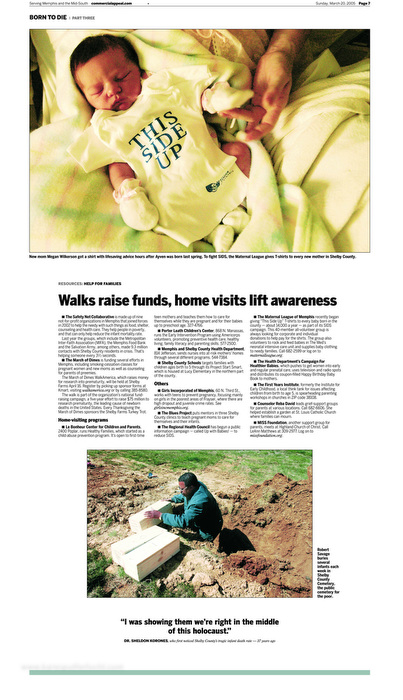

My Take: Photographing the infant mortality project, "Born to Die." This was written for The Journalism Center For Families and Children after I won the Casey Medal for Meritorious Journalism.
Karen Pulfer Focht won a 2006 Casey Medal (photojournalism) for this story.
Memphis leads the country in infant mortality rates. More babies die here than anywhere else in the country. And statistically, black women lose their babies at a higher rate than other women in the city. The leading cause of death is prematurity, often caused by the complex issues related to poverty.
The infant mortality project at the Commercial Appeal was one of the most powerful pieces of journalism I have worked on in my career. It illustrated the power of what we do, and it has inspired change. I think that’s why many of us go into journalism -– so we can use our skills as journalists to transform our communities and inspire others.
Dealing with the topic of dead babies is never easy. Grieving mothers are protected by everyone, and just finding the mothers was a huge hurdle. Once we found them, turning their experiences into stories and pictures was complex. Interestingly, I found that the mothers who had recently lost their babies were open to me photographing them, while Aimee Edmondson, the project's reporter, discovered that it took more time for the mothers to discuss their losses with her.
It hurt to see the dysfunction that leads to poverty, hardship and prematurity -– a part of these women's daily lives. Many of these mothers received no prenatal care. The first baby I photographed being born was the child of a prostitute who was high on crack during the delivery. One of the mothers, we photographed, was the daughter of a crack abuser and admitted she wanted a baby because she wanted the unconditional love of another human being. We frequently had to knock on doors in crime-ridden neighborhoods pursuing leads of mothers who had lost babies. Once we were greeted by a drugged-up woman, wielding a butcher knife.
Many never witness the reality of poverty in our country. But I saw the hungry, dirty and neglected children of drug addicts and watched women who couldn’t even care for themselves, bring children into the world. I lost many hours of sleep thinking of those little babies fighting for their lives, or being buried in wooden boxes and laid in trenches with no one there for them.
Since this story was published, many grassroots efforts began to focus on the problem, and the March of Dimes has started a mentor program in North Memphis in the very church I highlighted. And the governor of Tennessee, Phil Bredesen, held a summit in Memphis, inviting experts to work towards solutions. He also initiated a death review team. “It’s easy to brush aside numbers," he said, "but what made this real was a picture of little caskets lined up like shoe boxes.” He added, “It’s journalism at its best.”
I worked on this story for a year and a half. This was the first project I’ve ever worked on that had everything it needed to succeed. We had the support of the Commercial Appeal’s editor, Chris Peck. We had a wonderful and organized photo editor, John Sale, who helped give the story structure and vision. Aimee Edmondson worked closely with me. We had a great designer who made the pages beautiful and easy to read. We had a topic that was interesting and dramatic. We were given a lot of space, three special sections -– with no ads. For me, it was the first time a boss had a vision bigger than mine. I always dream big, but he had an even bigger dream.
LINKS to related stories-
This is from my bio- "Karen has received innumerable awards during her career. Most notably, she was presented with the Society of Professional Journalists' Medallion for Distinguished Service to the American People for her series on infant mortality in Memphis, "Born to Die." For this project, she also was awarded the Casey Foundation Medal For Meritorious Journalism."
http://www.karenpulferfocht.com/blog/2014/12/2/infant-mortality-in-memphisthis link has a blog post photo gallery.
https://m.facebook.com/notes/porter-leath/special-report-infant-mortality-in-memphis/90344210155/
http://www.journalismcenter.org/2006-press-release
http://www.idivamemphis.com/2006/04/17/those-pictures-were-amazing/
~ http://projects.commercialappeal.com/history/ “In 2005, The CA published a series that galvanized local health officials to launch a coordinated campaign to fight one of the Memphis area's most chronic health problems: infant mortality. Titled 'Born to Die,' it reported that in 2002, the rate in metropolitan Memphis was double the U.S. figure and the highest among the nation's 60 largest metro areas.
The series provided the catalyst for a collaborative effort among government agencies and partners throughout the community, who convened a summit meeting to draw up strategies. The effort produced results. Between 2004 and 2013, Shelby County's infant mortality rate fell from 12.8 to 9.2 per 1,000 live births — a drop of 28 percent.
"It wasn't that we were waiting around to act until we saw the story, but it gave us an extra push and mobilized countless entities," said then County Mayor A C Wharton. "That series put it in your face."

